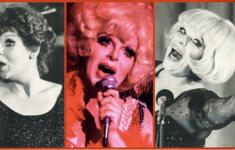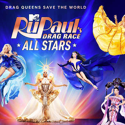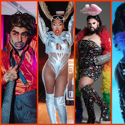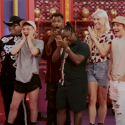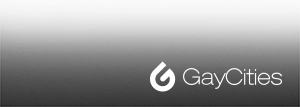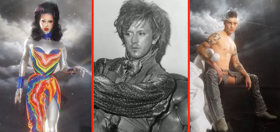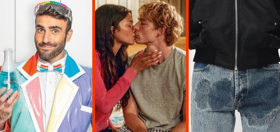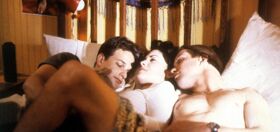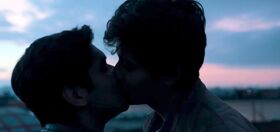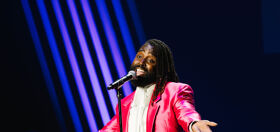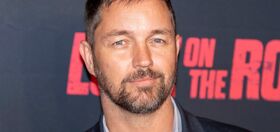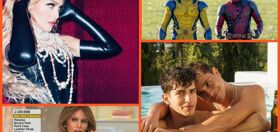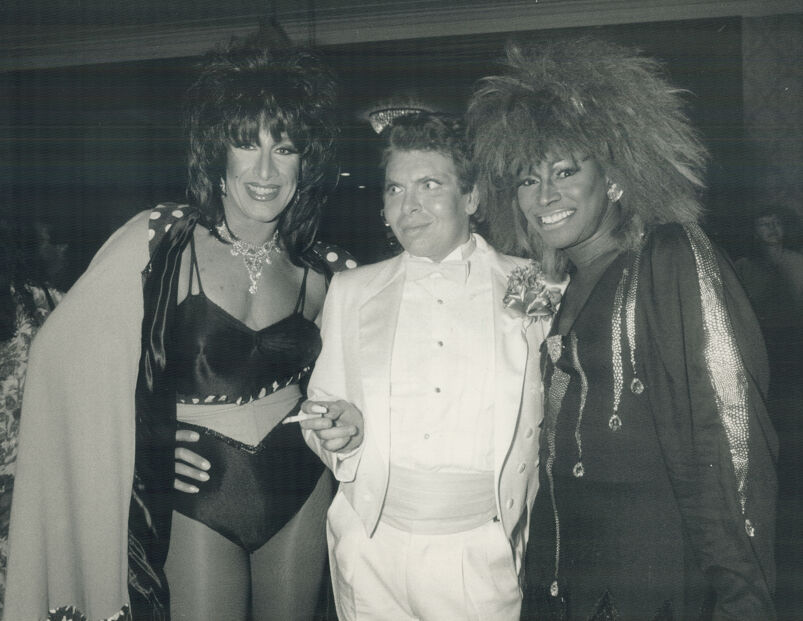
Welcome back to our queer film retrospective, “A Gay Old Time.” In this week’s column, we revisit the 1987 film Too Outrageous!
Last week we talked about the 1977 Canadian comedy Outrageous!; the small movie with a big, glittery heart about a hairdresser with dreams of becoming a drag star through his celebrity impersonations.
It was one of the first gay films to get mainstream distribution in North America, earning a place in the queer film canon. But it was also one of the few queer-themed films (both back then and today) to get a sequel.
This week, we’re jumping 10 years ahead to 1987 to dive into Too Outrageous!, the follow-up that sees Robin Turner (Craig Russell) try to take his drag act into a bigger stage, while attempting keep the small community of friends he’s built together, as the ever-changing and increasingly dark 1980s starts to take a toll on the community.
Related:
Drag legend Craig Russell would’ve destroyed Snatch Game, and this groundbreaking comedy proves it
While not widely remembered, 1977’s ‘Outrageous!’ was one of the first queer movies to hit mainstream theaters.
The Set-Up
The film opens seven years after the first one ended, with Robin doing his act at an anniversary performance in New York City. He has made a name for himself as an impersonation drag act (which are still the most entertaining portions of the film, apart from some truly unfortunate choices in which Robin performs in blackface—yikes).
His best friend, Liza (Hollis McLaren), has had many years of stable mental health and now wants to become a writer. And Robin has found a thriving community in the queer nightlife of New York. With a montage that takes us through his various anniversary shows, this group of friends parties through most of the ’80s with a sense of freedom and security, even as the fear of AIDS starts to slowly encroach on them.
But, eventually, it’s not enough for Robin. After appearing in a televised game show, he gets interest from an agent that wants to make his act bigger. She wants Robin to be in television, movies, and even a one-man show on Broadway.
Robin is scared, since this is beyond the small-town, local-dive-bars shows he is used to doing. But he gets the support of his friends, a mysterious, hunky new man that he soon falls in love for, and a groupie that wants to write his dissertation on female impersonators.
Everything’s Bigger In Sequels
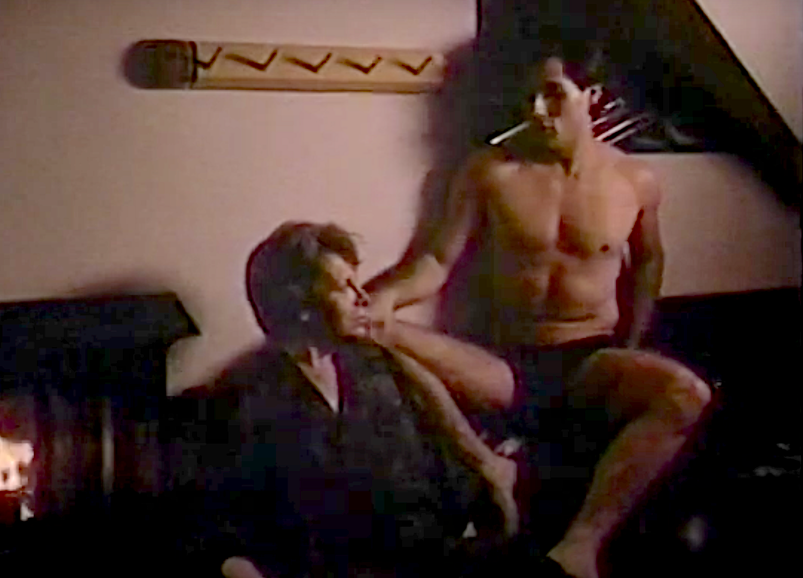
The movie takes a very traditional approach to sequels; it puts the characters in bigger situations, bigger locations, and with bigger stakes and obstacles.
As Robin starts to get more notoriety, he becomes more and more exploited by his agent, who is stripping him and his act from the essence of what made it special. His boyfriend is revealed to be a hire from his management to keep him happy, and he becomes isolated from Liza and the rest of his friends, until he realizes that the fame that was promised to him is not worth losing what he had.
Although his friendship with Liza is much more anchored and developed, her story still feels like part of a completely different film. Her schizophrenia comes back, and she goes off her meds when she starts dating a religious fanatic that doesn’t believe in them. She is institutionalized again and Robin (in drag as her mother in a very funny and sweet moment) has to break her out.
Life’s A Drag
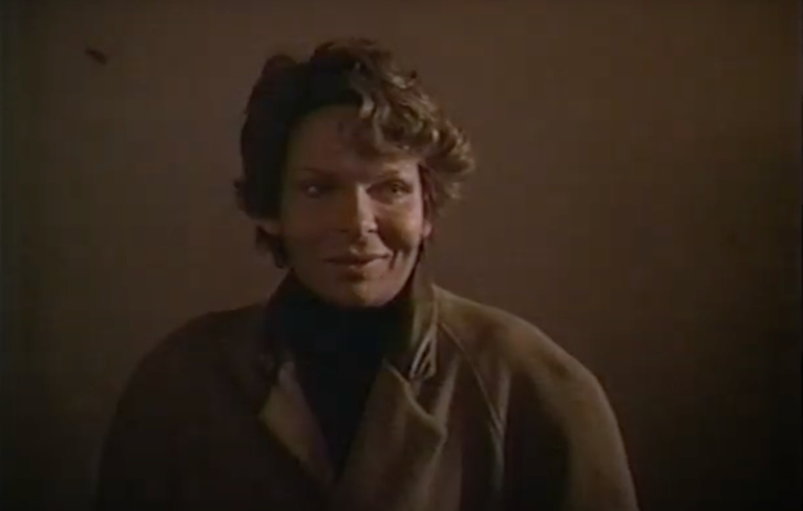
Too Outrageous! also has a much more straightforward narrative than the first one, which makes for a more engaging view, although it focuses considerably less on the drag aspect of it. The performance numbers serve more as interstitials between scenes, and the heart of the film relies not on a celebration of drag, but more on the realization that what Robin valued most was not the act of performing itself, but the community and bonds that doing so gave him.
This theme becomes especially as people start dying around him, and others experience their health deteriorating. The movie never fully becomes an AIDS narrative, but it is enough on the sidelines to contribute to the themes in a mostly successful way.
A Hard Act To Follow
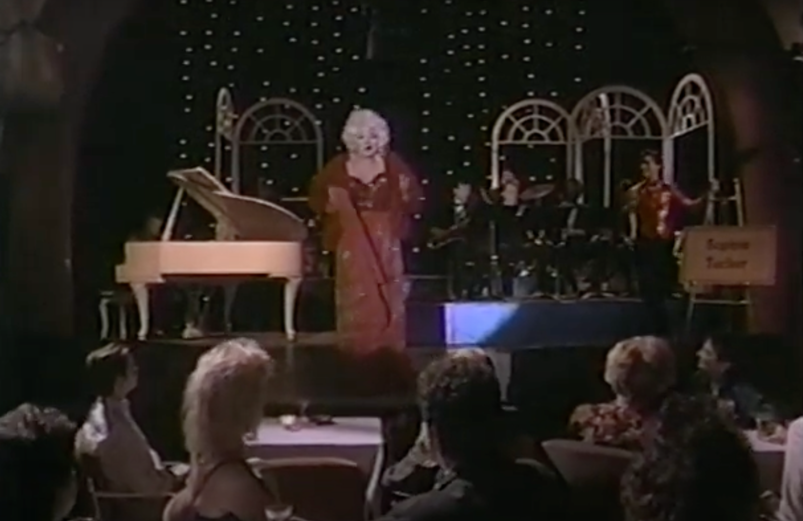
The film is a nice extension of what the first one had to say about drag, exploring now a different element of the queer community, but in a more traditional and predictable way.
What made Outrageous! feel so different and groundbreaking was its depiction and celebration of drag as a hyperlocal and specific language for the queer community. Too Outrageous! has nice things to say about chosen families, the price of fame, and reevaluating one’s priorities, but not in a way that feels fresh.
Its beats exist in plenty of other films, and it unfortunately lacks the smaller and less ambitious heart that made the first one such a rarity—in the same way that an overproduced drag show may lack the charm of a midnight dive bar act.
Once A Local Girl, Always A Local Girl
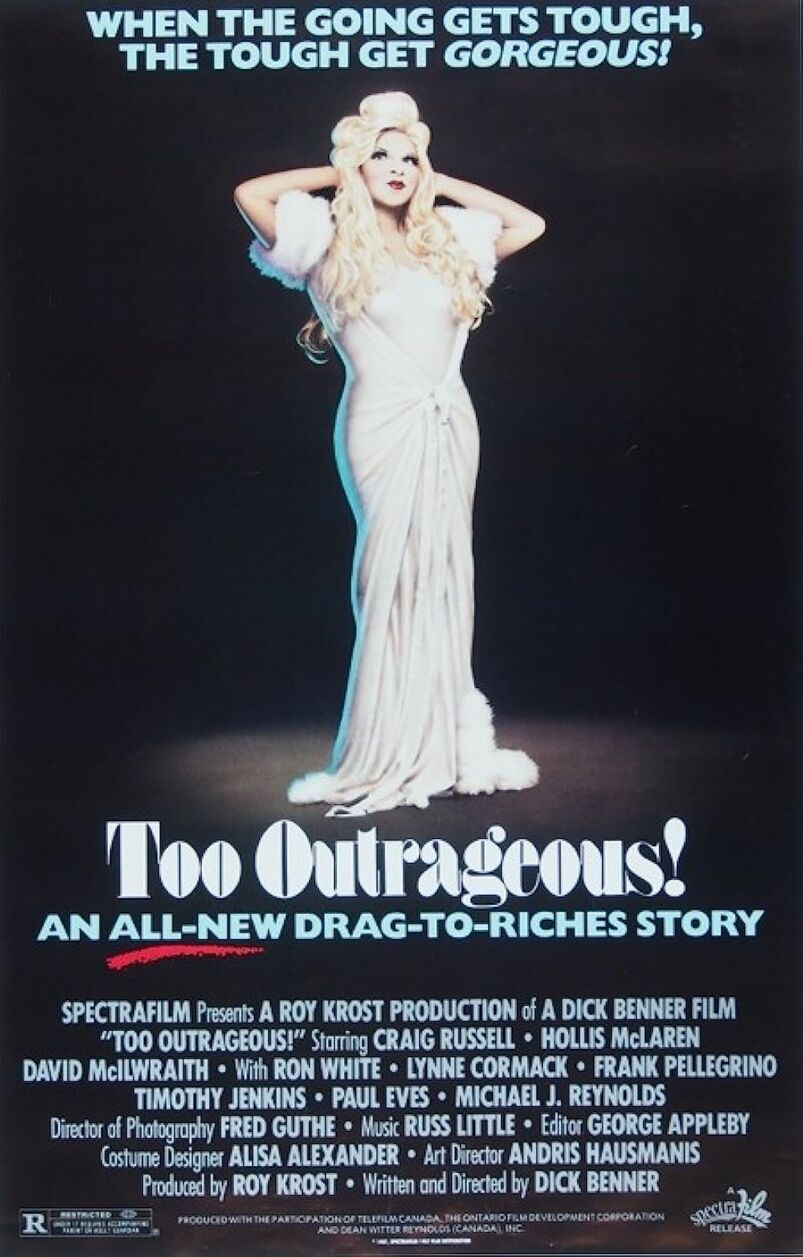
Overall, having seen both movies in the series, it’s almost a miracle that the Outrageous! series existed when they did, in the form that they did, saying the things that they did.
Two movies that, in different ways, are unapologetically queer, grounded in queer culture, and speaking to themes resonant not exclusively but overwhelmingly to the queer community at a time when representation was not only lacking, but rarely dared to go deep.
They are flawed and their scope could only go so far in size and audience reach, but watching them felt like stepping into a time capsule, and realizing that as much as people want to pretend otherwise, we have always existed in a form that feels modern.
The drag and queer community has always gathered in spaces to celebrate each other, have always fought for a bigger spotlight, and have always found the best refuge in each other. And we will keep doing it.
Too Outrageous! can be found in full on YouTube.
Related:


